previous | home page | this month | e-
Lady Anne’s Bridge
Richard Bell’s Wild West Yorkshire nature diary, Monday, 4th May 2009
previous | home page | this month| e-
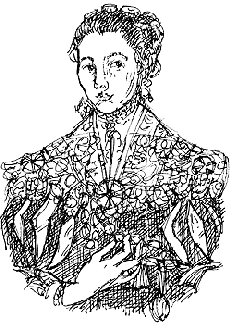
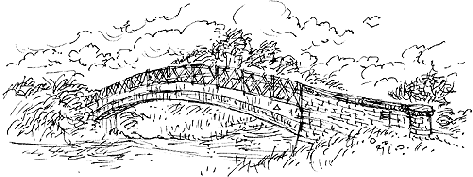
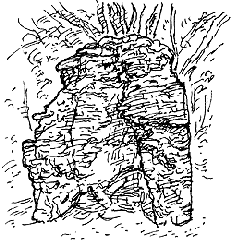
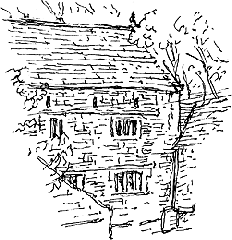
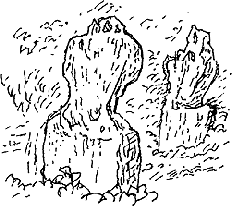
THE LADY ANNE commemorated in the name of this bridge across the Calder and Hebble Navigation, just upstream from the Figure of Three locks, is Lady Anne Savile, who lived at nearby Thornhill Hall during the civil war period. The Saviles were royalists and while Lady Anne was elsewhere the roundheads sent a force to oust the small garrison of her men who had set about adding additional fortifications to the Hall.
Led by Colonel Sir Charles Fairfax, the roundheads closed in on the Hall on Sunday 19th May 1648: ‘We fell on the work,’ he reported to Parliament, ‘entered the barns, stables and malt house within the fold but without the moat. It was a very sharp dispute between one and six.
‘On Monday we cut off their fresh water, then set workmen to draw off the moat: and on Tuesday towards night completed the work.’
The following day (Wednesday 21st July) as arrangements were being made for the surrender of the garrison, the siege came to an abrupt end at about 6 p.m.: ‘merely by accident the fire from their own party took hold of their powder, blew up part of the house, slew four of five of theirs but none of our men, and miserably scorched about seven or eight more; and the same flame hath consumed all the buildings. I account it a mercy that it was done by themselves, and cannot be objected against us.’
Thornhill Hall Farm, occupied by the roundheads in their attack on the Hall.
The chimney is the only part of the hall left standing.
Twin statues, known as Gog and Magog, stand on the island near the ruins of the Hall.
After two centuries at Thornhill the Saviles moved their family home to Rufford Abbey. Anne, who lived to see the Restoration but is said to have died of a broken heart in 1662 because of her disappointment at the corruption and debauchery of Charles II’s court.